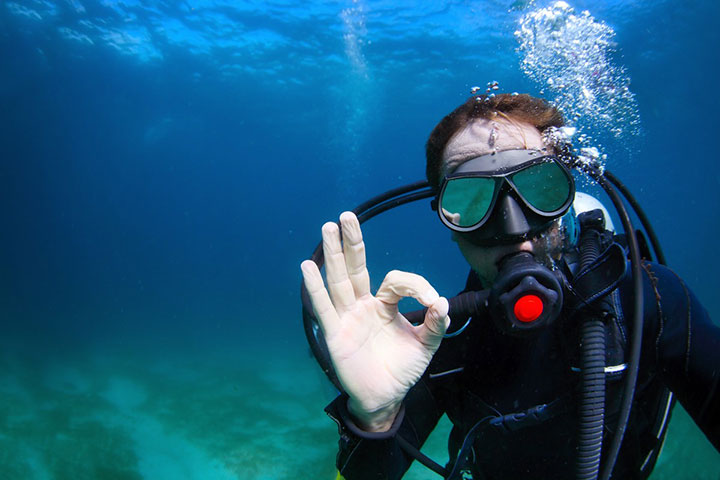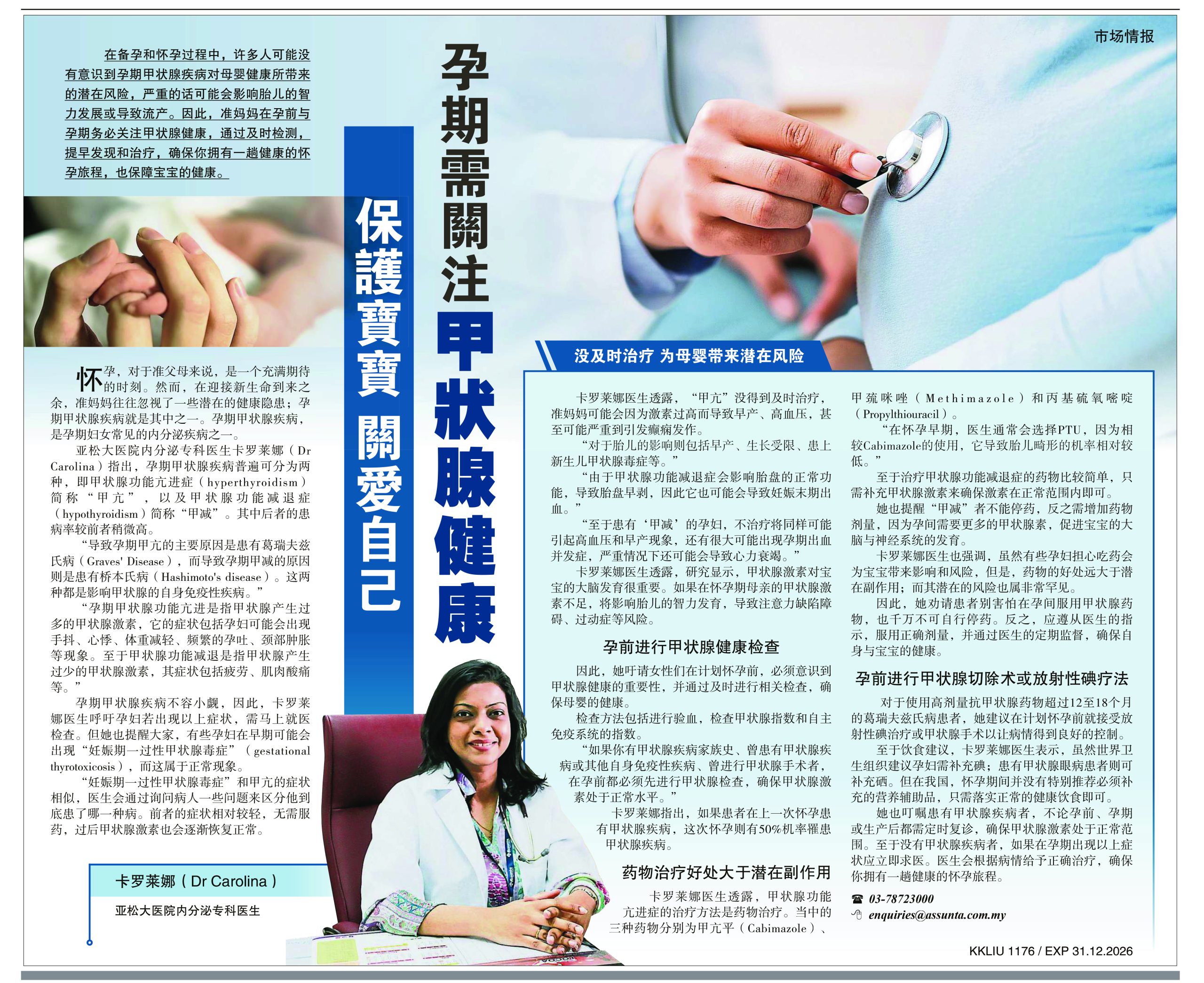A year and a half down the road since COVID-19 was first announced in December 2019, scientists world-wide are still trying to understand what is fuelling the pandemic that does not seem to be abating at any time soon. This makes prevention and control a big challenge. With no dependable antiviral agents for cure, we have to rely on vaccination for specific protection from infection.
In response to the urgency in making vaccines available, a number of vaccines have been produced in record time and given approval for use before they have been fully investigated for their efficacy and safety in different populations by age, gender and underlying health conditions. This has given rise to many misgivings over the rush to implement mass vaccination to produce herd immunity. Apart from concerns over serious side-effects, many are still dubious about the ability of currently available vaccines to protect the individual and the population at large.
One of these concerns is “Can a vaccinated person still transmit the infection to others?”
For a person to transmit an infection, he or she must first be infected or carrying the infecting agent on his body. A vaccine is designed to stimulate the production of antibodies and immune cells that can neutralize the invading agent, which, in this context, is the SARS-CoV-2 virus. So far, the evidence from clinical trials shows that all vaccines currently available are able to prevent hospitalizations, serious illness, and death, but none are 100 percent effective at preventing asymptomatic or mild infections. Thus, even after vaccination, some people can still contract a natural infection. Whether or not they can transmit the virus to others is still not clear.
COVID-19 vaccines are injected into the muscles in the arm. The antibodies induced circulate to protect all parts of the body. In the respiratory tract, the nose is the site of entry for the SARS-CoV-2 virus. Virus particles deposited on the mucus membrane lining the nose will set up a local infection before migrating down to the lungs. This infection in the nose and pharynx makes a person infectious as the virus can be expelled on sneezing or coughing. On the other hand, in a vaccinated person, theoretically, there should be no virus replication in the nose and pharynx and hence no expelled virus particles on coughing and sneezing. To study what happens in those who have been vaccinated, researchers collected weekly nasal swabs from symptomatic and asymptomatic individuals to test for viral RNA. The results showed that in people who get a natural infection after they have been vaccinated, the concentration of virus particles in their nasal swabs is lower than that in the swabs from unvaccinated people who get a natural infection. Hence, vaccination seems to reduce virus shedding. To show that vaccines also prevent transmission, contact tracing has to be conducted to see whether the close contacts of vaccinated people are protected from infection. The infection rate in the close contacts will indicate the degree of transmission from vaccinated individuals. Until we have definite data to show that vaccination does eliminate the risk of virus transmission, we will have to continue masking, distancing and hand washing to prevent COVID-19 transmission in the community.
A further problem with vaccination is the emergence of virus variants that may not be neutralised by the immune response induced by current vaccines. In the evolution of the SARS-CoV-2 virus, many mutations have occurred, some of which have given rise to super spreaders such as the UK, South African and Brazilian variants that have found their way into Malaysia. These variants have shown not just greater transmissibility, but also greater ability to cause more severe disease and less susceptibility to anti-SAR-CoV-2 antibodies. Hence, it is likely that they can cause more vaccine failures and more post-vaccination transmissions of infection. In anticipation that these variants will drive future waves of infection, some vaccine manufacturer have started to redesign their vaccines to increase coverage of the genetic variations seen so far. This is a race for survival between the virus and the human race.

YF Ngeow, Chairperson, Infection Prevention and Control Committee, Assunta Hospital PJ. Centre for Research on Communicable Diseases, Universiti Tunku Abdul Rahman
A newly founded, Finnish academic spin-out company – Rokote Laboratories Finland Ltd. – is working to develop and bring to market a nasal spray vaccine targeting COVID-19.
University of Helsinki, and the University of Eastern Finland
The vaccine uses an adenovirus vector to deliver a cloned DNA strand. Intranasal delivery of the DNA causes nasopharyngeal cells to produce SARS-CoV-2 viral protein which induces an immune response. The vaccine performed well in in vivo studies with animal models and clinical testing is anticipated to start in Finland within a few months.
The team said they began to develop the vaccine in spring 2020. Adding that nasal delivery was chosen as the new vaccine’s method of administration because the virus is naturally transmitted through the airways and some studies have shown that nasal administration seems to induce a wider immune response than intramuscular administration.
“Vaccines injected intramuscularly produce IgG antibodies in the bloodstream, but nasal vaccines also produce an IgA response that protects mucous membranes. this can also prevent those who have received the vaccine from transmitting the virus.”new variants are expected to cause new waves of infection.
people in medical risk groups will still need new vaccines against new variants in the upcoming years. The vaccines currently in use provide a clearly lower protection against the South African variant, which will likely be the dominant virus in the next wave. Our vaccine already takes into account the most important variants, ie, the South African, Brazilian and the UK one. There will certainly be a demand for this type of vaccine.”
sera from people vaccinated with the mRNA vaccines is less effective against the B.1.351 variant, first identified in South Africa. Additionally, Johnson & Johnson’s vaccine had 57 percent efficacy in South Africa, where this variant is prevalent, versus 72 percent in the US; and Novavax’s vaccine had 49 percent efficacy in South Africa versus 90 percent in the UK.
AstraZeneca’s vaccine trial in South Africa, had <25 percent efficiency against mild and moderate disease the P.1 (Brazilian) variant has some of the same mutations as the B.1.351 variant and could have a higher chance of re-infecting people.
Is intranasal drug delivery the best way to administer COVID-19 therapeutics?
In a published in late March in Nature Medicine, Israeli researchers found that people who had been vaccinated with the Pfizer-BioNTech vaccine and later contracted an infection had lower viral loads than unvaccinated people who contracted an infection.“The results show that infections occurring 12 [days] or longer after vaccination have significantly reduced viral loads at the time of testing, potentially affecting viral shedding and contagiousness as well as the severity of the disease,” the authors wrote.Other studies have found similar results.
The Nature Medicine research was an observational study, not a randomized controlled trial, so a number of factors could have affected the results..
In addition, while a lower viral load suggests less infectiousness, the researchers say we don’t currently know the “infectious dose” of the coronavirus for people.
This includes Researchers from the COVID-19 Prevention Network (CoVPN), which is headquartered at Seattle’s Fred Hutchinson Cancer Research Center, are currently recruiting 12,000 college students to take part in this type of study.
The study will take place at more than 20 universities across the country.
Half of the students will be randomly selected to receive the Moderna-NIAID vaccine on the day they enroll in the study. The rest will get their first shot 4 months later.After vaccination, students will collect nasal swabs every day for 4 months to see whether they contract an infection. This test will detect both symptomatic and asymptomatic infections.Researchers will also track infections that occur in close contacts of students in the study who contract an infection. This will allow researchers to see whether people with an infection are less likely to transmit the virus.
Clinical trials show that the Johnson & Johnson and Novavax vaccines were less effective at preventing symptomatic infection by the B.1.351 variant compared with the original coronavirus. Both vaccines, though, were still effective at reducing the risk of severe COVID-19.Pfizer recently released data showing that its vaccine was highly effective in South Africa, where the B.1.351 variant is common.
Related Articles

Exploring The Intersection of ENT Health and Diving Medicine: A Guide for Healthcare Professionals
Read More »









